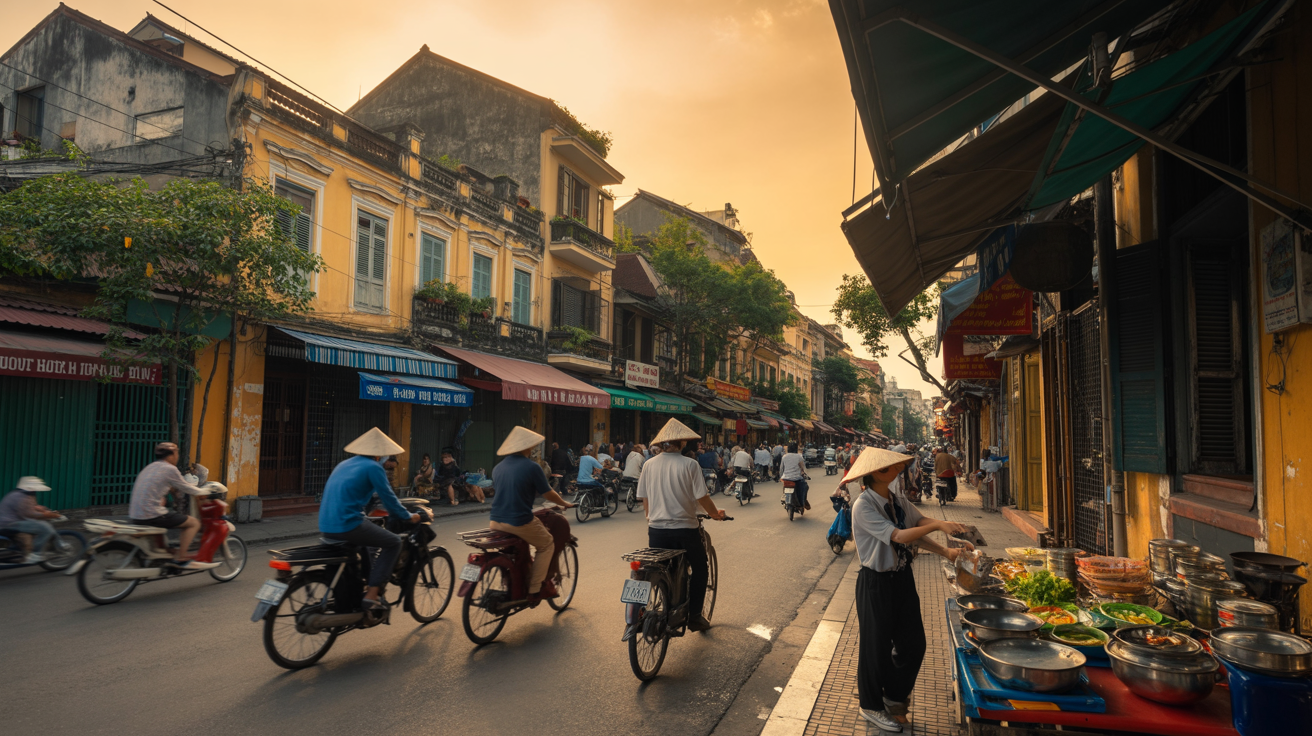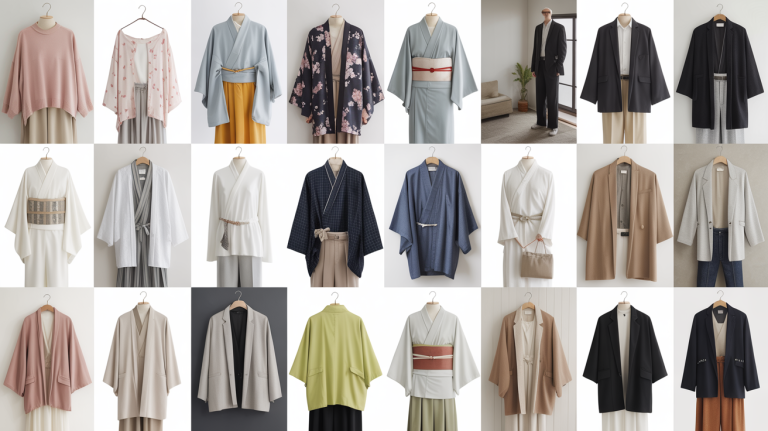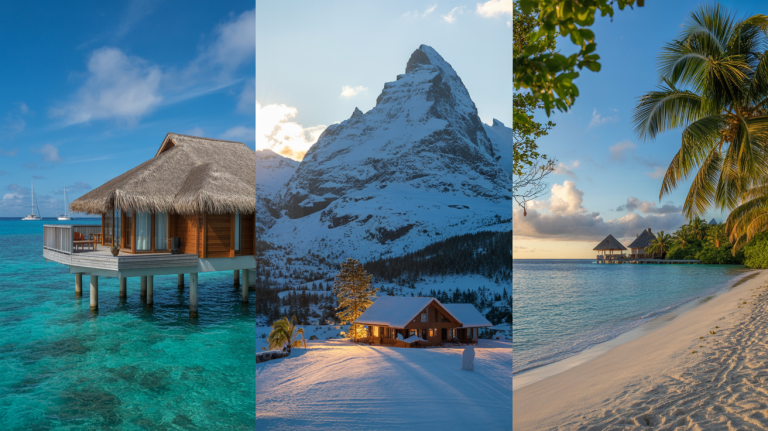The perfect HANOI 5-day itinerary
Did you know that Hanoi’s Old Quarter contains over 1,000 temples and pagodas packed into just one square kilometer? The intoxicating blend of sizzling street food aromas, motorbike horns echoing through narrow alleyways, and incense wafting from ancient temples creates a sensory overload that captures every traveler’s heart within minutes.
Whether you’re a budget backpacker with $30 a day or a luxury traveler seeking boutique experiences, crafting the perfect Hanoi Vietnam itinerary can feel overwhelming.
How do you balance iconic Hanoi Instagram spots like the Train Street with authentic local experiences? What about fitting everything into your Vietnam travel vision board while actually having time to savor those legendary bowl of pho?
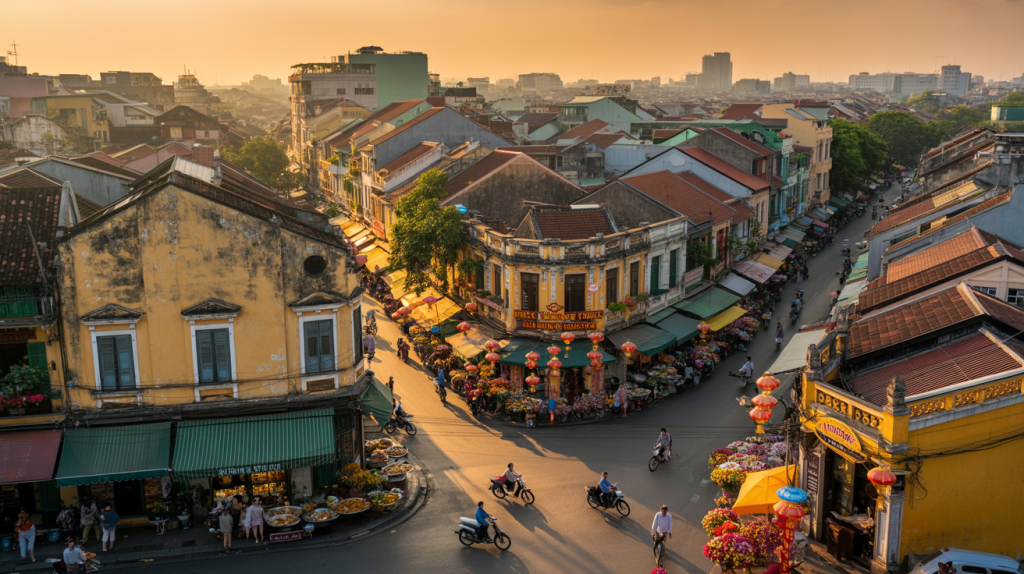
This complete Hanoi travel guide solves every traveler’s dilemma – from solo adventurers to families exploring Vietnam places to visit.
We’ve curated the ultimate Hanoi bucket list that seamlessly blends must-see attractions with hidden gems, creating your perfect trip to Asia experience.
From sunrise at Hoan Kiem Lake to discovering the most photogenic Hanoi aesthetic spots, these 5 days will transform your Vietnam Hanoi adventure from good to absolutely unforgettable.
Ready to dive into the chaos and beauty that makes Hanoi irresistible? Let’s dive in !
Day 1: Discover Hanoi’s Historic Old Quarter – Your Ultimate Vietnam Travel Introduction
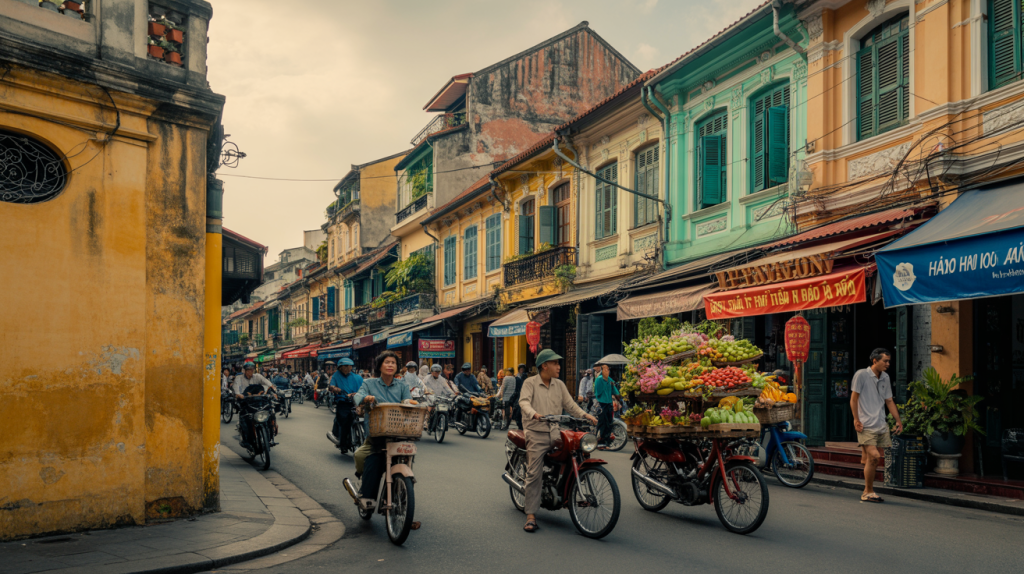
Step into the beating heart of Ha Noi Vietnam, where every narrow street tells a thousand-year story. The Old Quarter’s 36 ancient streets, each named after the goods once sold there, create the perfect introduction to your Hanoi Vietnam itinerary. Start at Hang Dao Street (Silk Street) around 8 AM when vendors are setting up – you’ll capture authentic Hanoi photo ideas without the crowds.
Budget travelers can explore for free, simply wandering and soaking in the Vietnam Hanoi aesthetic. Luxury seekers should book a guided heritage walking tour ($25-40) with local historians who share fascinating tales like why Hang Gai Street houses the city’s most expensive silk shops. “I spent my entire first day just getting lost in these alleyways,” shares travel blogger Sarah Chen. “Every turn revealed another Instagram-worthy moment.”
Don’t miss the weekend night market (Friday-Sunday, 7 PM-midnight) where Hang Dao transforms into a pedestrian paradise. Pro tip: Download Maps.me offline – GPS can be unreliable in the narrow lanes. This essential stop on your Hanoi bucket list perfectly sets the stage for your trip to Asia adventure.
Day 2: Experience the Must-See Hanoi Bucket List – From Hoan Kiem Lake to Temple of Literature
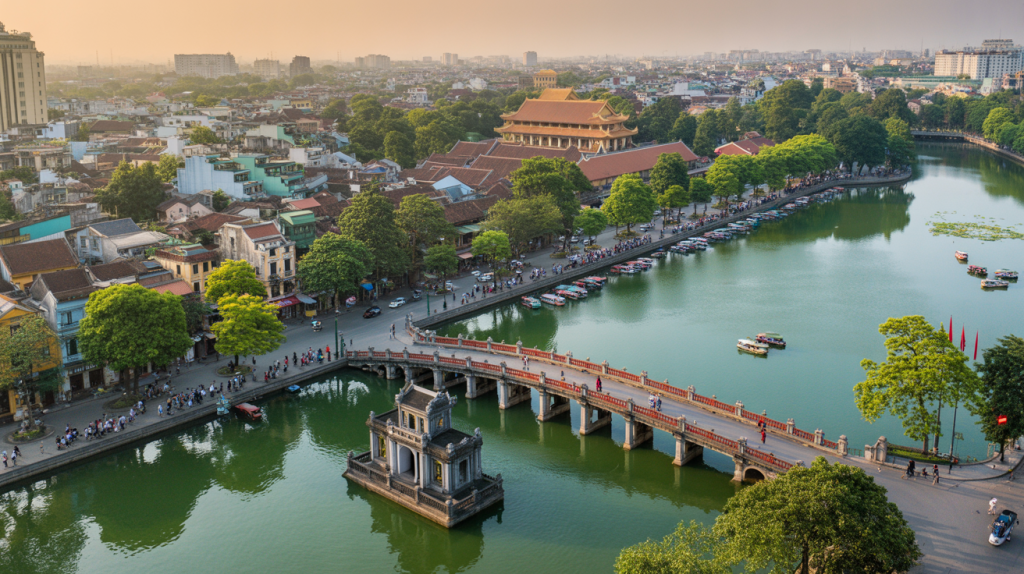
Today tackles the heavyweight champions of things to do in Hanoi Vietnam. Begin at sunrise (6 AM) at Hoan Kiem Lake, where locals practice tai chi against a backdrop that’s pure Vietnam vision board material. The iconic red Huc Bridge leading to Ngoc Son Temple costs just 30,000 VND ($1.20) and offers stunning Hanoi Instagram spots.
Next, explore the Temple of Literature (30,000 VND entry), Vietnam’s first university built in 1070. The peaceful courtyards provide a stark contrast to the city’s chaos. “This place taught me that traveling to Asia isn’t just about the food and markets,” reflects photographer Mark Williams. “The scholarly traditions here run deeper than anywhere I’ve visited.”
Afternoon brings the sobering but essential Vietnam Museum of Ethnology ($2 entry). Budget tip: many museums offer student discounts with valid ID. For luxury travelers, consider hiring a private guide ($80-120/day) who can navigate crowds and provide historical context. Evening calls for a traditional water puppet show at Thang Long Theatre ($6-15 tickets). Book online to secure good seats – these shows sell out during peak season.
Day 3: Uncover Hidden Hanoi Instagram Spots and Authentic Local Neighborhoods
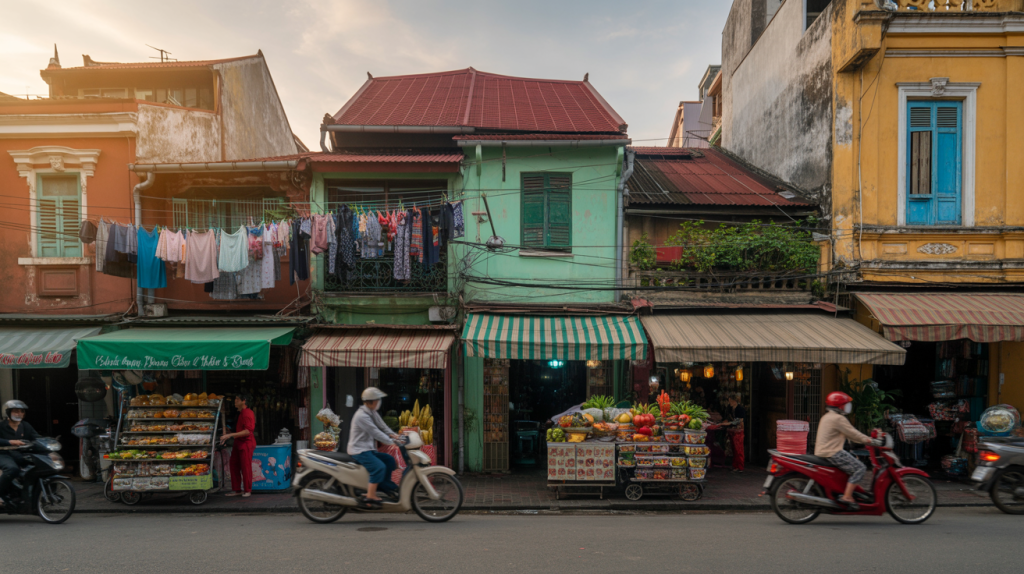
Venture beyond typical Vietnam travel itinerary recommendations into Hanoi’s soul. Start in Tay Ho (West Lake) district, where expat cafes blend seamlessly with local life. The lakeside path offers endless Hanoi photo ideas, especially during golden hour when lotus flowers bloom (May-September).
Hidden gem alert: Quan Su Pagoda at 6 AM reveals authentic Buddhist ceremonies tourists rarely witness. Photography is allowed respectfully. Then explore French Quarter’s tree-lined boulevards – Avenue de France and Tran Hung Dao showcase colonial architecture perfect for your travel Vietnam vision board.
Local insider Maria Nguyen suggests: “Skip the touristy Train Street crowds. Head to lesser-known railway crossings on Dien Bien Phu Street for equally dramatic shots without the chaos.” For authentic eats, venture to residential areas like Nghi Tam Village, where family-run pho joints serve bowls for just 25,000 VND ($1).
Budget travelers can rent bikes ($3/day) to cover more ground. Luxury option: private photography tours ($150-200) with professional guides who know secret viewpoints. Safety tip: Always inform your accommodation of your exploration plans. These authentic Vietnam places to visit create memories beyond typical tourist experiences.
Day 4: Explore Beyond the City – Why Should Day Trips Be Part of Your Vietnam Itinerary?
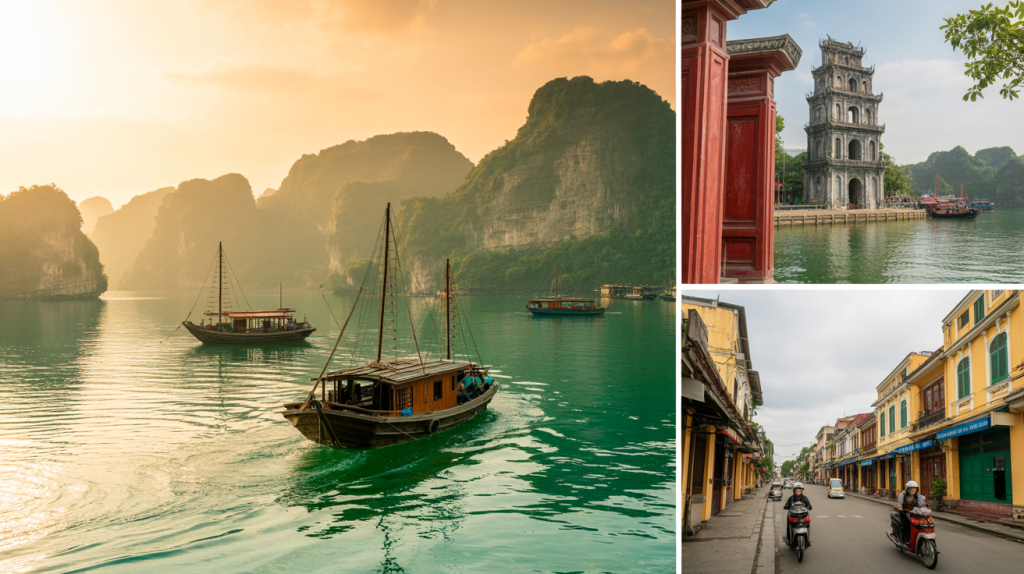
Hanoi’s strategic location makes it the perfect base for iconic Vietnam day trips that elevate any Vietnam itinerary 10 days. Ha Long Bay, just 3.5 hours away, remains the crown jewel – but smart travelers book overnight cruises ($80-400) to avoid rushed day-trip crowds. “The sunrise over the limestone karsts was worth every penny of the splurge,” raves solo traveler Jennifer Park.
Alternative options suit every budget and timeline. Ninh Binh, dubbed “Ha Long Bay on land,” offers dramatic landscapes just 2 hours south. Day tours start at $35, including transportation and boat rides through Trang An caves. For authentic village life, consider Mai Chau Valley ($45-65 day tours) where you can stay with Thai ethnic minorities.
Budget hack: Local buses to these destinations cost under $5 but require navigation skills. Most travelers prefer organized tours for convenience and local insights. Luxury travelers gravitate toward private helicopter tours to Ha Long Bay ($800-1200) – Instagram-worthy but definitely splurge territory.
Book day trips through reputable agencies like Sinh Tourist or Buffalo Tours. Weather matters: avoid monsoon season (July-September) for outdoor adventures. These experiences transform your Hanoi travel guide from city-focused to comprehensive Vietnam exploration.
Day 5: Master Hanoi’s Food Scene – The Complete Street Food and Market Guide
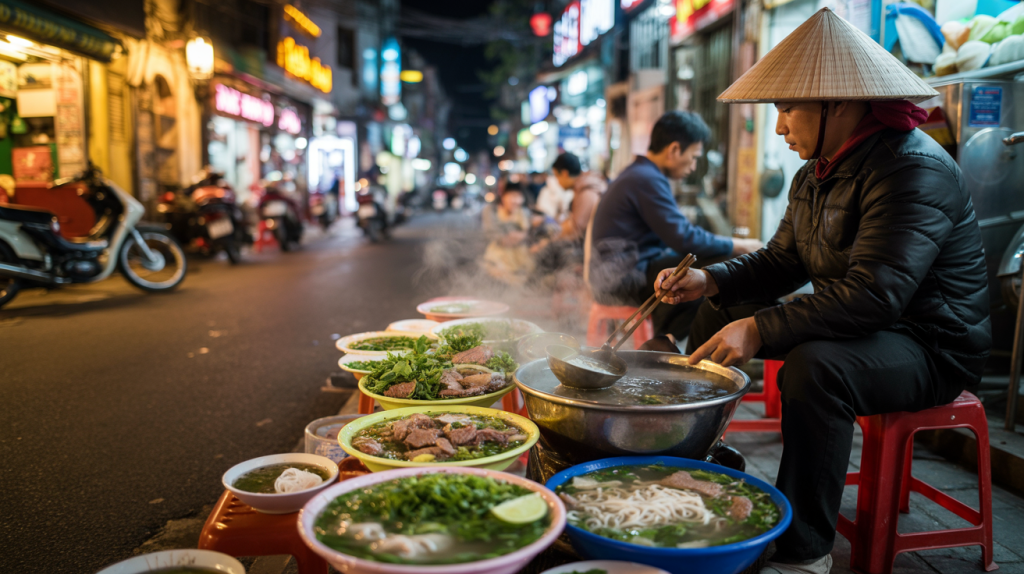
Your final day demands a deep dive into what makes Hanoi Vietnam’s undisputed food capital. Start at Dong Xuan Market (5 AM opening) when vendors prepare fresh ingredients – the sensory overload creates perfect content for your Vietnam vision board. Navigate systematically: ground floor for fresh produce, second floor for textiles and souvenirs.
Street food crawling begins at legendary Pho Gia Truyen (49 Bat Dan Street), where Anthony Bourdain famously slurped noodles. Expect queues but bowls cost just 35,000 VND ($1.40). “I ate pho three times daily and regret nothing,” laughs food blogger David Kim. Move to Banh Mi 25 for Vietnam’s best sandwiches (20,000 VND), then finish at Kem Trang Tien for colonial-era ice cream.
Evening brings beer corner culture at Ta Hien intersection, where plastic stools and fresh Bia Hoi create authentic local experiences. Budget: $10 feeds you royally including drinks. Luxury alternative: cooking classes at Thuan Tinh Island ($85-120) teach traditional techniques you’ll use forever.
Safety tip: Choose busy stalls with high turnover for freshest food. Vegetarians should learn “tôi ăn chay” (I eat vegetarian). This culinary adventure completes your things to do in Hanoi Vietnam checklist perfectly.
Essential Things To Do In Hanoi Vietnam – Budget vs Luxury Experiences Breakdown

Smart travelers know Hanoi accommodates every budget without compromising authentic experiences. Budget champions (under $30/day) can explore most attractions for free or minimal cost. Free highlights include Hoan Kiem Lake walks, Old Quarter wandering, and weekend night markets. Hostel dorms start at $8/night, while street food keeps daily meal costs under $10.
Mid-range travelers ($30-80/day) unlock guided experiences and better accommodations. Boutique hotels in French Quarter ($25-50/night) offer colonial charm, while cooking classes and day tours add structured learning to your Hanoi bucket list.
Luxury seekers ($100+/day) access exclusive experiences unavailable to budget travelers. The Metropole Hanoi ($200+/night) provides historic elegance, while private guides and helicopter tours create Instagram-worthy moments for your travel Vietnam vision board.
“The beauty of Hanoi is that luxury and budget travelers can share the same street food stall,” observes travel writer Lisa Chen. All budgets enjoy identical temple access, market exploration, and cultural immersion. The difference lies in accommodation comfort and guided versus self-exploration approaches.
Pro tip: Mix budget and splurge elements – eat street food but stay somewhere nice, or explore independently but book one premium day tour for deeper insights into Vietnam places to visit.
Where To Stay in Hanoi – Best Neighborhoods for Your Vietnam Hanoi Aesthetic
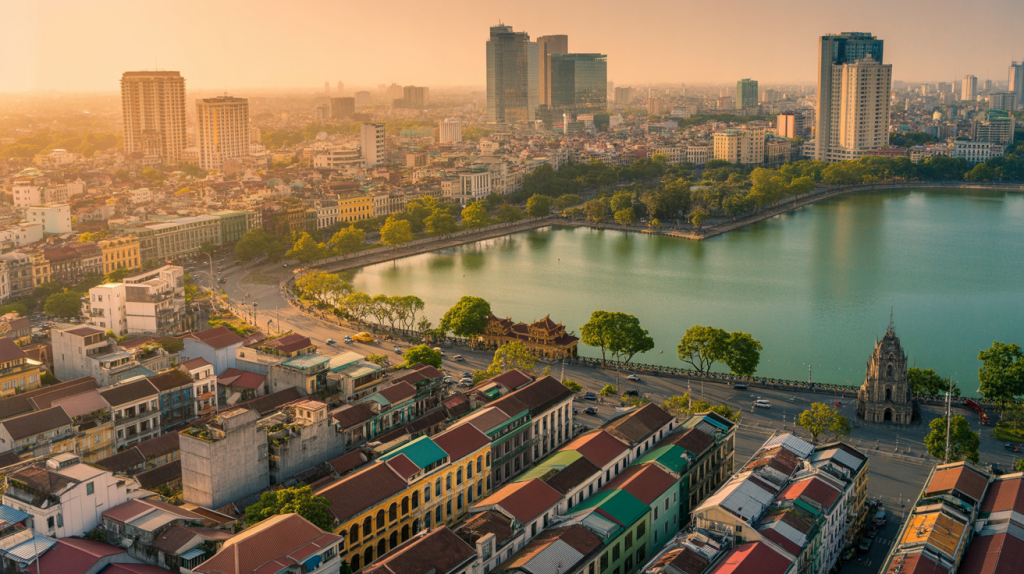
Location dramatically impacts your Hanoi travel guide experience. The Old Quarter delivers maximum immersion but brings noise and chaos. Choose streets like Hang Hanh or Hang Quat for central location with slightly less motorcycle traffic. Budget: $15-25/night for clean hostels. Luxury: Heritage hotels like Little Hanoi Diamond ($80-120) blend character with comfort.
French Quarter offers colonial elegance and wider streets perfect for your Vietnam vision board photography. The area around Hoan Kiem Lake provides easy walking access to major attractions. Mid-range boutique hotels ($40-80) dominate this area, offering historical charm without Old Quarter intensity.
Tay Ho (West Lake) district suits longer stays and expat vibes. Further from attractions but peaceful, with excellent Western restaurants and lakeside cafes. “I stayed in Tay Ho for a week and felt like a local,” shares digital nomad Alex Martinez. Accommodation ranges from $20 guesthouses to $150 luxury lakeside resorts.
Ba Dinh district works for government and museum enthusiasts, near Ho Chi Minh Mausoleum and major cultural sites. Generally quieter than central areas.
Booking tip: Reserve accommodations 2-3 days ahead during peak season (October-April). Read recent reviews carefully – Hanoi’s rapid development means neighborhood character changes quickly. Consider noise tolerance when choosing your base for exploring things to do in Vietnam.
Hanoi Photo Ideas That Will Transform Your Travel Vietnam Vision Board
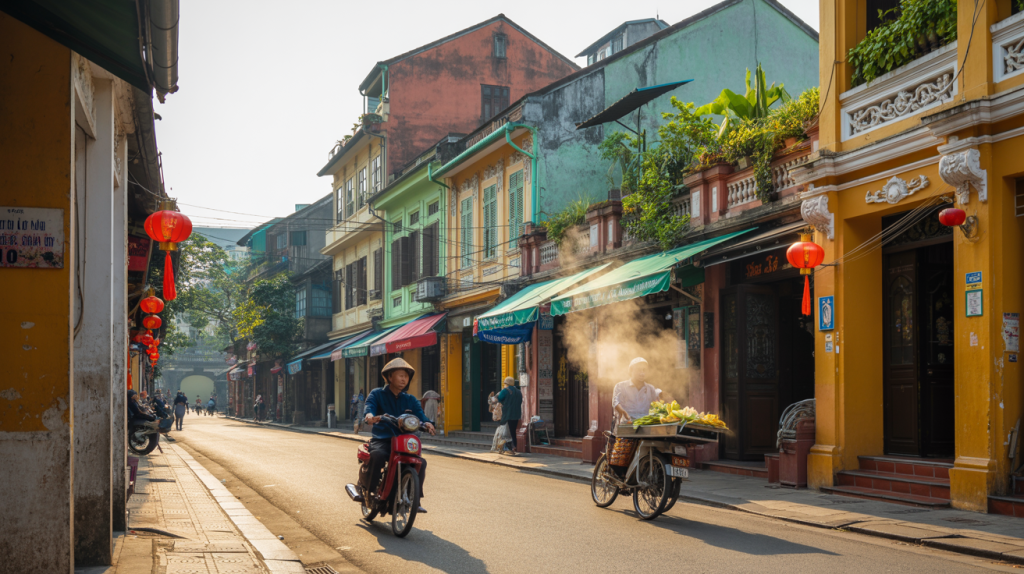
Hanoi offers infinite Instagram potential beyond typical tourist shots. Golden hour at Long Bien Bridge (5:30-6:30 AM) captures train crossings with dramatic Red River backdrop – arrive early for best positioning. The bridge’s French colonial ironwork creates striking geometric patterns perfect for your Vietnam Hanoi aesthetic.
Street photography thrives in the Old Quarter’s narrow alleys. Hang Ma Street’s colorful paper decorations create vibrant backgrounds, while Hang Quat’s religious items offer cultural depth. “I spent hours on Ta Hien Street capturing the beautiful chaos of beer corner culture,” shares Instagram photographer Emma Wilson.
Architectural gems include Opera House’s French colonial grandeur and One Pillar Pagoda’s unique lotus-inspired design. For drone photography, register with authorities and avoid restricted zones around government buildings. Temple courtyards like Bach Ma Temple offer serene compositions contrasting city energy.
Food photography opportunities abound: steaming pho bowls at street-side stalls, colorful market displays, and traditional coffee preparation at heritage cafes. Early morning markets provide authentic vendor portraits with natural lighting.
Pro tips: Respect local customs when photographing people, especially at religious sites. The best Hanoi Instagram spots require patience – visit multiple times for perfect lighting and minimal crowds. These images will make your travel Vietnam vision board inspire others to book their own trip to Asia.
Getting Around Hanoi Like a Local – Transportation Tips for Your Trip To Asia
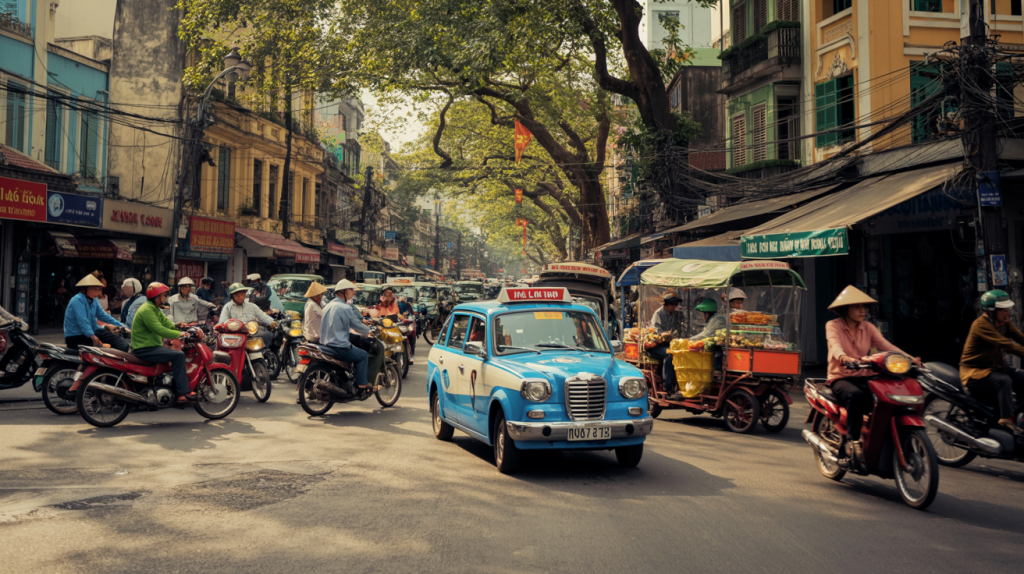
Navigating Hanoi initially overwhelms but quickly becomes part of the adventure. Motorbike taxis (xe om) offer authentic experiences and cost 20,000-50,000 VND ($0.80-2) for short trips. Grab operates here like Uber, providing fare transparency and GPS tracking for safety-conscious travelers.
Walking remains the best way to explore the Old Quarter’s narrow streets where vehicles can’t reach. Download offline maps before venturing out – GPS signals struggle between tall buildings. “Getting lost in Hanoi’s alleyways led to my best discoveries,” reflects backpacker Tom Chen.
For longer distances, traditional taxis work well but negotiate prices beforehand or insist on meters. Reputable companies include Mai Linh and Hanoi Taxi. Bus system (#8 connects airport to city center for 9,000 VND) serves budget travelers, though routes can confuse newcomers.
Renting motorbikes appeals to adventurous travelers but requires careful consideration. Traffic chaos, unclear regulations, and insurance concerns make this option risky for inexperienced riders. If you choose this route, stick to quieter residential areas initially.
Cyclos (bicycle rickshaws) offer tourist-friendly sightseeing but cost significantly more than other options. Perfect for elderly travelers or those wanting guided neighborhood tours. Always agree on prices before starting any journey to avoid misunderstandings during your Vietnam travel itinerary exploration.
Planning Your Extended Vietnam Travel Itinerary – How Hanoi Fits Into Your 10-Day Adventure
Hanoi serves as the perfect launching pad for comprehensive Vietnam exploration. Most travelers spend 3-4 days here before venturing to other Vietnam places to visit. Classic Vietnam itinerary 10 days typically includes: Hanoi (3-4 days), Ha Long Bay (2 days), Hoi An (2-3 days), and Ho Chi Minh City (2-3 days).
Northern route enthusiasts add Sapa’s mountain tribes (2-3 days) and Ninh Binh’s dramatic landscapes (1-2 days). “Starting in Hanoi gave me cultural context that enhanced every subsequent destination,” notes travel blogger Sarah Kim. The city’s museums and historical sites provide essential Vietnamese history background.
Transportation planning matters: domestic flights between major cities save time but cost more. Overnight trains offer budget-friendly travel with sleeper compartments ($25-40) connecting Hanoi to southern destinations. Bus travel works for shorter distances but becomes uncomfortable for long journeys.
Seasonal considerations impact your traveling to Asia timeline. October-April offers ideal weather for most activities, while May-September brings heat and occasional rain. Book accommodations and tours in advance during peak season (December-February).
Smart travelers use Hanoi as both entry and exit point, allowing airport convenience and familiar base for final souvenir shopping. This strategic approach maximizes your things to do in Vietnam experience while minimizing logistical complications throughout your comprehensive Asian adventure.

